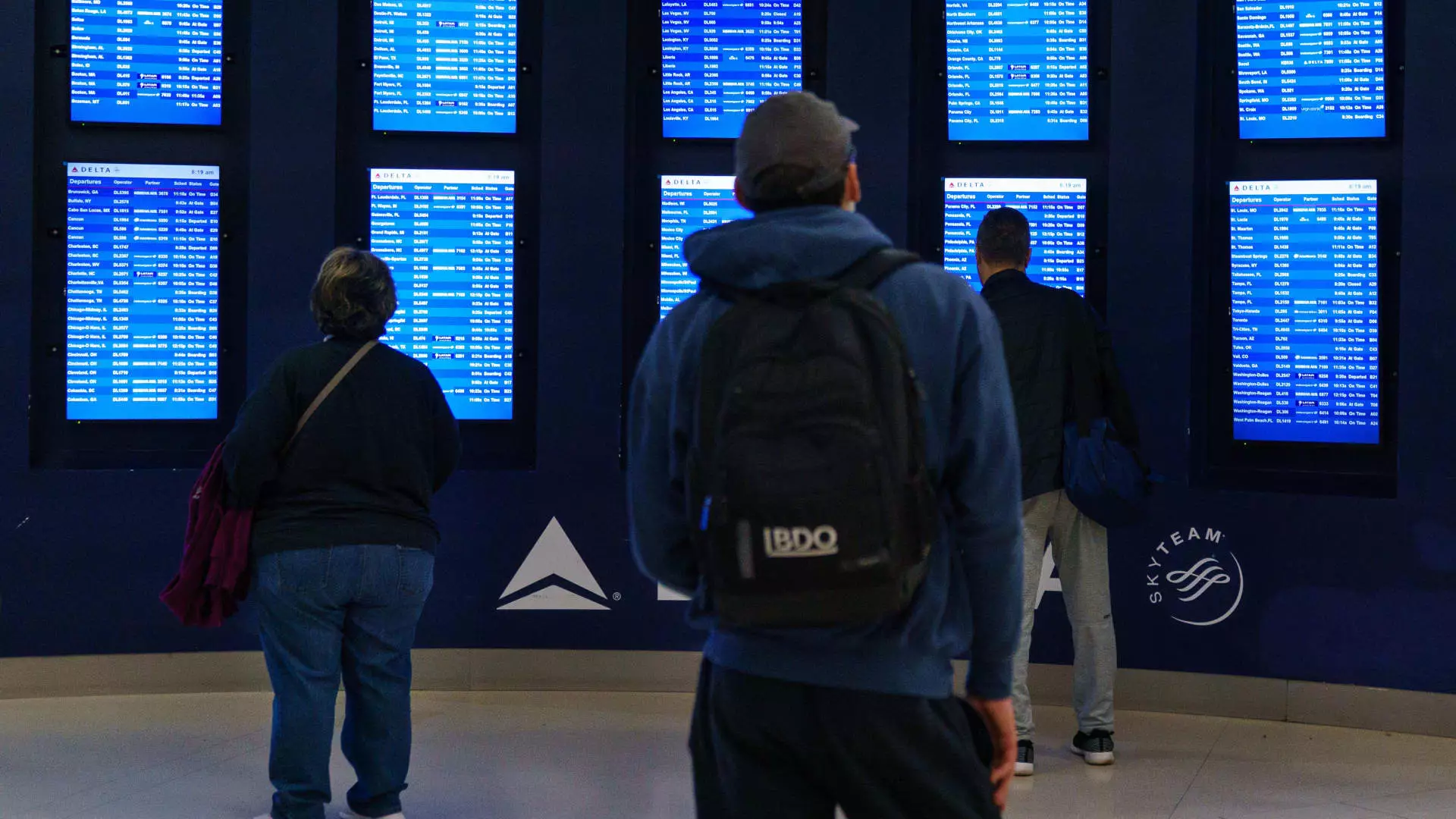In 2024, the air travel industry witnessed a remarkable revival, primarily attributed to an increase in international travel, as pent-up demand from the pandemic shifted gears. From January to October, global airline capacity surged, reflected in a notable 11% rise in revenue passenger miles compared to the previous year, according to the International Air Transport Association (IATA). This upswing is not merely a statistical anomaly; it represents a significant recovery, signaling both consumer confidence and an eagerness to return to pre-pandemic travel habits. By 2025, IATA predicts a further escalation with 40 million aircraft departures anticipated, marking a 4.6% yearly increase.
However, this robust growth isn’t without its hurdles. Airlines are under pressure not only to expand routes but also to enhance their service offerings, particularly premium seating, which often yields higher profit margins on long-haul flights. This financial motivation has driven many carriers to adapt quickly, but they are met with ongoing challenges. Shortages of new aircraft and financial instability have plagued several airlines, reminding stakeholders that the industry’s recovery is uneven. Importantly, unlike the tumultuous period of acute staffing shortages seen in the immediate aftermath of the pandemic, many travelers today are experiencing fewer disruptions, indicating that previous lessons learned may be influencing operational strategies.
In the midst of these developments, punctuality remains a critical metric of airline performance. Cirium, an aviation data analytics firm, recently released its rankings based on on-time performance, gauging whether flights arrived within 15 minutes of their scheduled time. Delta Air Lines emerged as a leader among U.S. and Canadian carriers, demonstrating resilience despite the setbacks encountered due to the disruptive CrowdStrike outage that resulted in thousands of canceled flights. This highlights not only the effectiveness of Delta’s recovery plans but also the competitive pressure airlines face to maintain service reliability.
Airlines like Aeromexico and Saudia Airlines followed closely behind Delta in the global rankings, showcasing their operational efficiencies. Notably, a significant variance exists among U.S. carriers, with Delta leading at 83.46%, while others like Spirit Airlines and JetBlue Airways lag behind, recording on-time arrival rates of 76.05% and 74.53% respectively. These statistics underscore the dichotomy in performance capabilities across the industry, emphasizing the need for continuous improvement in service reliability to cater to a now more travel-savvy customer base.
Future Outlook
As we edge deeper into 2025, the aviation sector stands at a critical crossroads. The demand for air travel is rising, yet airlines are grappling with underlying structural issues that could impede progress. The challenge will be to balance the desire for expansion with the need for improved operational stability and robustness. As the global community continues to navigate the complexities of post-pandemic recovery, the focus on customer satisfaction and punctuality will be pivotal in shaping the future landscape of air travel. Ultimately, success in this increasingly competitive environment will depend on the ability of airlines to innovate and respond effectively to the changing demands of passengers.

